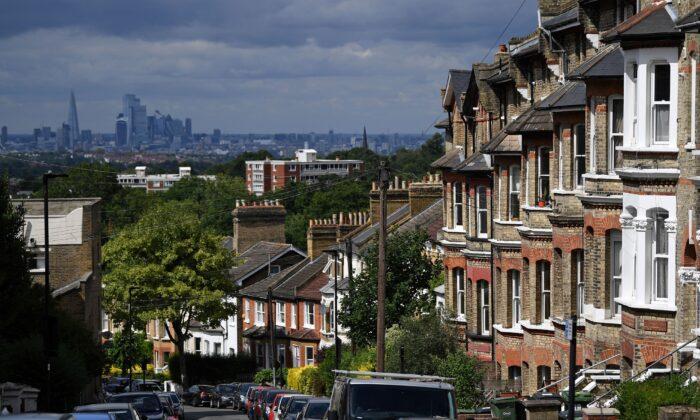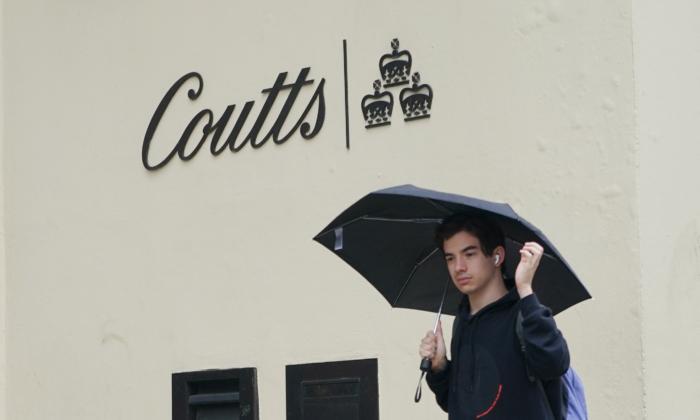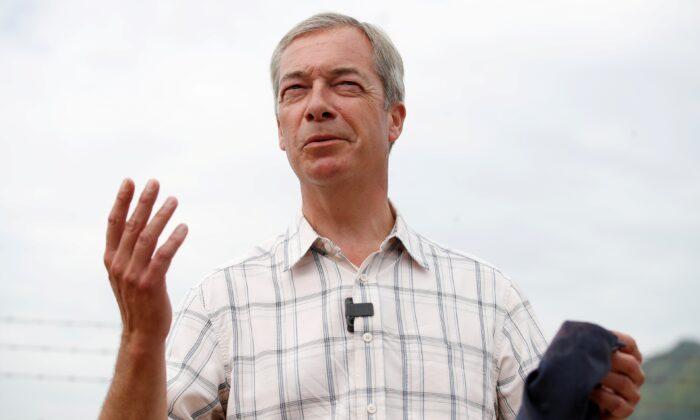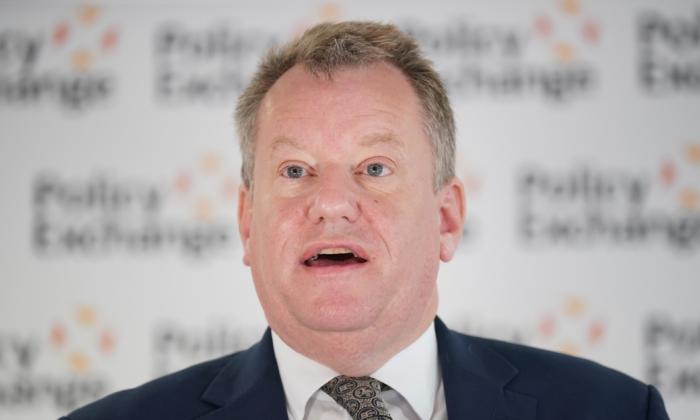House prices in the UK will fall by nearly 8 percent next year, the Lloyds Banking Group has predicted.
According to the bank, house prices will fall by 7.9 percent over the next year, with its worst-case model assuming a crash of 17.9 percent.
Prices of commercial properties are expected to fall by a much larger margin. Under the bank’s base case scenario, commercial property prices are forecast to drop by 14.4 percent, with a slump of 35.7 percent predicted in its worst case.

Lloyds Banking Group, which owns the Halifax brand, is the UK’s biggest lender. It announced that its statutory pre-tax profits were £1.5 billion ($1.7 billion) in the third quarter, which was over 25 percent lower than the £2 billion reported last year.
The decline was partly a result of the bank’s decision to set aside £668 million to cover loan losses, a big swing from the £199 million it held on to in credit last year.
Lloyds said this was necessary to guard against the worsening economy and higher inflation and interest rate environment.
But it assured investors there has been only “very modest” evidence of customers struggling with repayments to date.
‘Resilient’ Customers
The Bank of England has increased the base rate over recent months to its current level of 2.25 percent, sending average mortgage rates higher and making it more expensive to borrow.Lloyds warned that the base rate could peak at 4 percent in 2024 before falling back.
Charlie Nunn, group chief executive at Lloyds, said: “The current environment is concerning for many people and we are committed to maintaining support for our customers.
“The group’s resilient business model and prudent approach to risk position the group well to face the current macroeconomic uncertainties while generating enhanced returns for our shareholders.”
The bank’s chief financial officer William Chalmers said, “So far at least, our customers are proving to be resilient and adapting well to the cost-of-living increases that we have seen.”
He said the bank is trying to ensure that it lends to “customers who are best placed to withstand potential future stresses on the macro level and in their own personal circumstances.”
He said the bank’s lending is skewed towards “slightly better off” customers to ensure they can pay back their loans if conditions get tougher.





